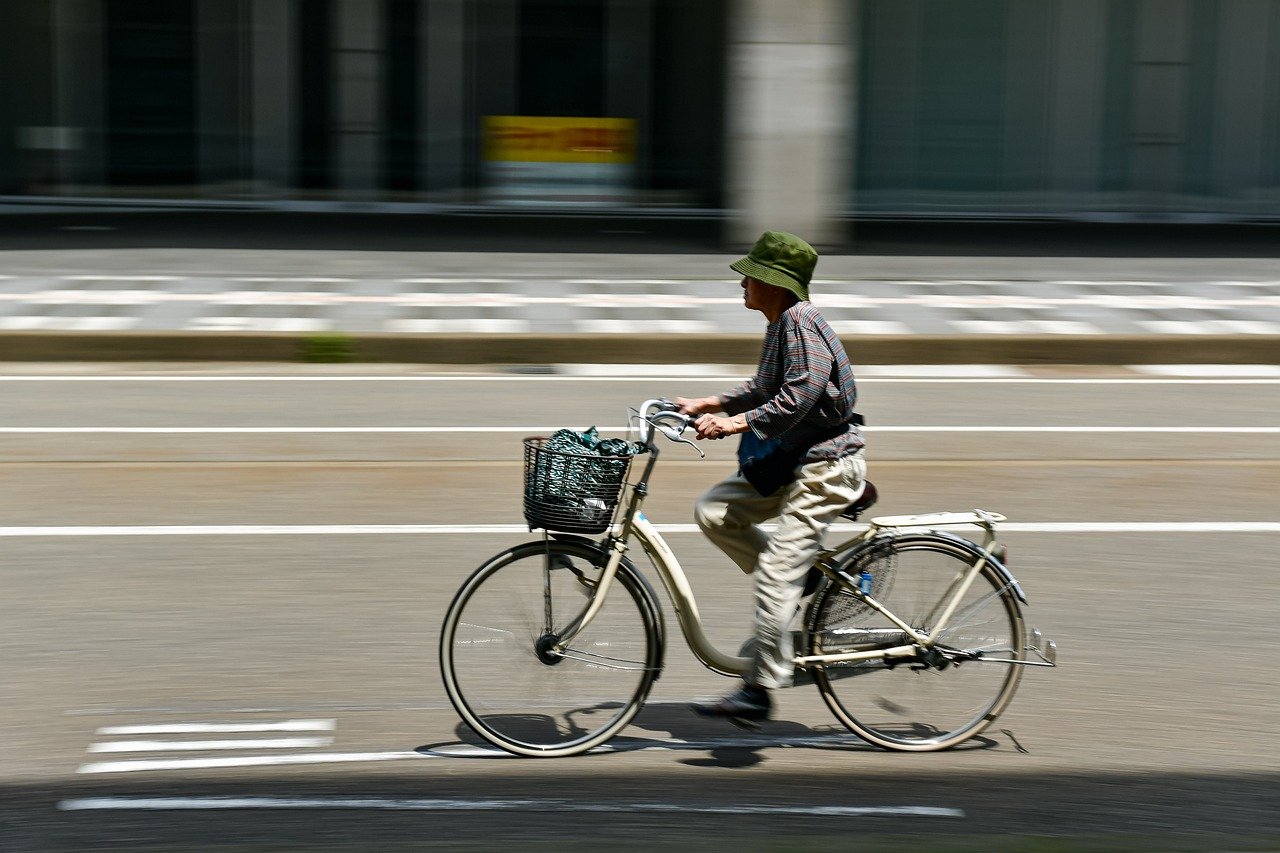Insider Tips: Avoiding Tourist Traps in Japan
Japan is a beautiful and diverse country that attracts millions of tourists each year. While there are countless amazing experiences to be had, it’s important to be aware of tourist traps that can detract from the overall experience. This article aims to provide insider tips on how to avoid falling into these traps and make the most of your trip to Japan.
Finding Authentic Cuisine
One of the highlights of visiting Japan is undoubtedly the food. To truly experience authentic Japanese cuisine, it’s best to avoid restaurants that cater primarily to tourists. Instead, look for local eateries off the beaten path. These hidden gems often offer traditional dishes made with fresh, local ingredients. Some popular options include ramen shops, izakayas (Japanese pubs), and sushi bars. To identify authentic restaurants, look for signs that are predominantly in Japanese and menus without pictures or English translations.
- Local Recommendations: Ask locals or your hotel staff for their favorite dining spots. They will likely point you in the direction of lesser-known establishments that offer a more authentic experience.
- Food Markets: Explore local food markets where you can try a variety of street food and interact with vendors who can provide valuable insights into the local cuisine.
- Food Tours: Consider joining a food tour led by a knowledgeable guide who can introduce you to hidden culinary treasures.
Transportation Tips
Getting around Japan efficiently is essential for maximizing your time and avoiding tourist traps. Here are some transportation tips:
- Japan Rail Pass: If you plan to travel extensively within Japan, consider purchasing a Japan Rail Pass. This pass allows unlimited travel on most JR trains, including the shinkansen (bullet train), for a fixed period.
- Local Trains: When exploring cities, opt for local trains or subways instead of taxis. They are often more cost-effective and can save you from traffic congestion.
- Public Buses: In rural areas or smaller towns, public buses are a convenient mode of transportation. Research bus routes and schedules in advance to avoid confusion.
Avoiding Crowded Tourist Destinations
Japan is home to numerous popular tourist destinations, some of which can become overcrowded during peak travel seasons. To avoid the crowds and have a more enjoyable experience:
- Off-peak Travel: Consider visiting Japan during less busy periods, such as early spring or late autumn, when tourist numbers are lower.
- Exploring Lesser-known Areas: Instead of focusing solely on famous cities like Tokyo and Kyoto, venture into lesser-known regions such as Hokkaido, Shikoku, or Tohoku. These areas offer unique cultural experiences and stunning landscapes without the overwhelming crowds.
- Early Morning or Late Evening Visits: To avoid peak hours, plan your visits to popular attractions early in the morning or later in the evening when fewer tourists are present.
Choosing Accommodation Wisely
Accommodation can greatly impact your overall experience in Japan. Consider these tips when choosing where to stay:
- Ryokans: Experience traditional Japanese hospitality by staying in a ryokan, a traditional inn. These establishments offer tatami-matted rooms, communal baths, and kaiseki (multi-course) meals.
- Capsule Hotels: For a unique and budget-friendly option, try a capsule hotel. These compact accommodations provide a bed within a small pod and are ideal for solo travelers.
- Avoiding Chain Hotels: While chain hotels may offer familiarity, they often lack the charm and authenticity of smaller, locally-owned guesthouses or ryokans.
Exploring Cultural Etiquette
Respecting Japanese culture and customs is essential for a smooth and enjoyable trip. Consider the following cultural etiquette tips:
- Bowing: When interacting with locals, a slight bow is appreciated as a sign of respect. The depth of the bow depends on the situation and the person you are greeting.
- Shoes Off: In many Japanese homes, traditional inns, and even some restaurants, it is customary to remove your shoes. Look for designated areas or shoe lockers near entrances.
- Public Behavior: Be mindful of your actions in public spaces. Avoid speaking loudly, eating while walking, or displaying affection inappropriately.
Understanding Japanese Toilets
Japanese toilets are known for their advanced features, which can be confusing for first-time visitors. Here’s what you need to know:
- Washlets: Many toilets in Japan are equipped with washlet functions, including bidets and heated seats. Familiarize yourself with the various buttons before using them.
- Squat Toilets: In some public restrooms, particularly older ones, you may encounter squat toilets. These require a different approach, so take your time to understand the proper stance.
- Restroom Symbols: Look for universal restroom symbols, which are often used to indicate the gender of the facility or whether it is a squat or Western-style toilet.
Shopping Smartly
Shopping in Japan is a delight, but it’s important to avoid falling into tourist traps. Follow these tips for a more rewarding shopping experience:
- Department Stores: Explore department stores like Takashimaya or Mitsukoshi, which offer a wide range of products and often have tax-free shopping for tourists.
- Local Markets: Visit local markets, such as Tsukiji Fish Market in Tokyo or Nishiki Market in Kyoto, to find fresh produce, traditional crafts, and unique souvenirs.
- Research Prices: Before making a purchase, compare prices online or at different stores to ensure you’re getting a fair deal.
Navigating Language Barriers
While English signage and communication are becoming more common in Japan, it’s still helpful to know a few key phrases and tips for navigating language barriers:
- Basic Phrases: Learn simple greetings, thank you, and excuse me in Japanese. Locals appreciate the effort and it can help in everyday interactions.
- Translation Apps: Download a translation app like Google Translate or have a pocket-sized phrasebook handy for quick reference.
- Politeness: Japanese culture places great importance on politeness. Use polite language (keigo) and be patient when communicating.
Enjoying Nature and Parks
Japan is known for its stunning natural landscapes and beautifully manicured parks. Here are some tips for enjoying these serene environments:
- Cherry Blossom Viewing: If you’re visiting during cherry blossom season, join the locals for hanami (flower viewing) in parks like Ueno Park or Maruyama Park.
- Hiking Trails: Explore the numerous hiking trails in Japan, such as the Kumano Kodo in Wakayama or the Nakasendo Trail in the Kiso Valley.
- Leave No Trace: Practice responsible tourism by respecting nature and leaving no trace of your visit. Dispose of trash properly and avoid damaging plants or disturbing wildlife.
Experiencing Traditional Festivals
Japan is famous for its vibrant and culturally rich festivals. Here’s how to make the most of these unique events:
- Matsuri Calendar: Check the local matsuri (festival) calendar for events happening during your visit. Each region has its own traditional festivals, often featuring processions, performances, and fireworks.
- Respectful Participation: If you decide to join a festival, follow the lead of locals and observe proper etiquette. Be respectful and avoid disruptive behavior.
- Arrive Early: Popular festivals can get crowded quickly, so arrive early to secure a good viewing spot.
Image 1:

Exploring Historical Sites
Japan’s rich history is evident in its numerous temples, shrines, and historical sites. Here’s how to make the most of these cultural treasures:
- Research in Advance: Before visiting historical sites, learn about their significance and history. This will enhance your understanding and appreciation of the location.
- Respect Dress Codes: Some temples and shrines may have dress codes, such as covering your shoulders or removing your shoes. Familiarize yourself with these requirements beforehand.
- Guided Tours: Consider joining a guided tour led by knowledgeable experts who can provide detailed insights into the historical significance of each site.
Image 2:

Enjoying Onsen Culture
Onsens, or hot spring baths, are an integral part of Japanese culture. Follow these tips for a relaxing and authentic onsen experience:
- Etiquette: Familiarize yourself with onsen etiquette, such as washing thoroughly before entering the bath and keeping quiet while soaking.
- Tattoo Policies: Some onsens have strict policies regarding tattoos due to their association with organized crime. Check in advance if your chosen onsen allows guests with tattoos.
- Ryokan Onsens: If you’re staying in a ryokan, take advantage of the private onsens within the inn for a more intimate experience.
Exploring Japan’s Art and Museums
Japan is home to a wide range of art galleries and museums, showcasing both traditional and contemporary works. Consider the following when exploring Japan’s art scene:
- Special Exhibitions: Check for special exhibitions happening during your visit, as they often feature renowned artists or unique collections.
- Modern Art Museums: Japan has several world-class modern art museums, such as the National Museum of Modern Art in Tokyo or the 21st Century Museum of Contemporary Art in Kanazawa.
- Traditional Craft Centers: Visit traditional craft centers, such as Kyoto’s Kiyomizu Pottery Community or Kanazawa’s Higashi Chaya District, to witness artisans practicing their craft.
Image 3:

Conclusion
By following these insider tips, you can avoid falling into tourist traps and have a more authentic and enjoyable experience in Japan. From finding authentic cuisine to navigating language barriers, each aspect of your trip can be enhanced by being aware of the local culture and customs. Remember to respect the traditions and natural beauty of Japan, and you’re sure to create unforgettable memories.
References
– japan-guide.com
– lonelyplanet.com
– japan.travel
– tokyocheapo.com
– kyototraveler.net
– japaneseguesthouses.com
– insidejapantours.com
– japantimes.co.jp
– japanistry.com
– japan-experience.com


